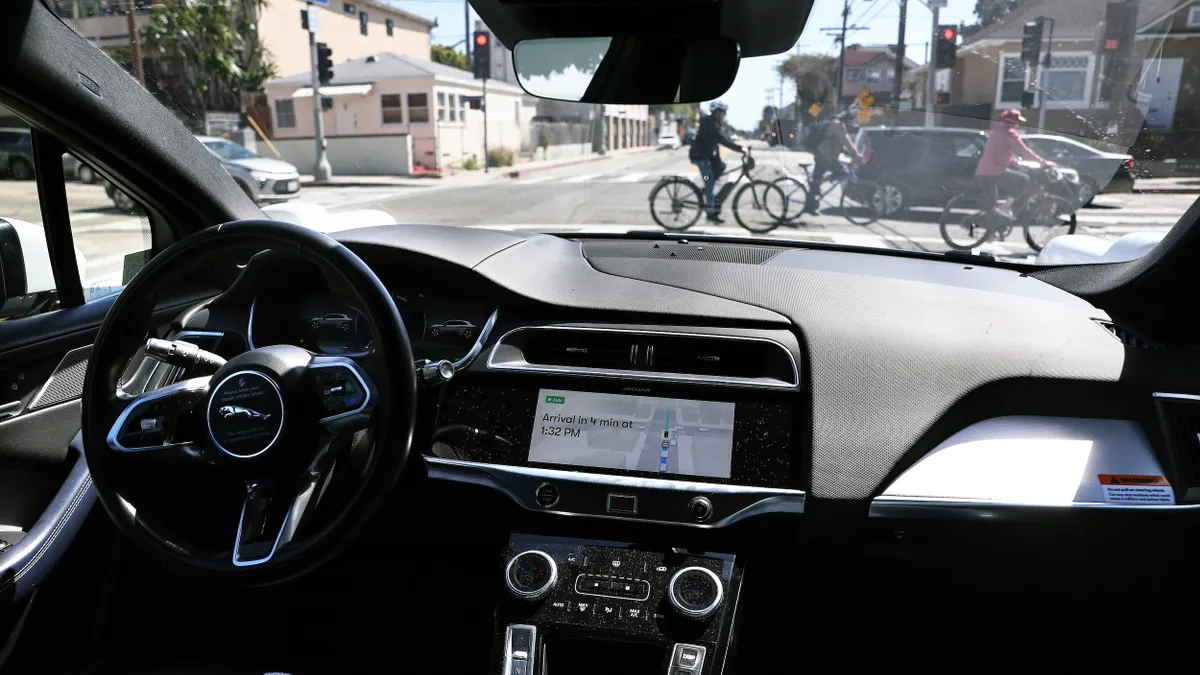Connected vehicle supply chains are under increasing scrutiny due to security risks. As technology continues to advance, vehicles are becoming more reliant on digital systems, making supply chains critical to ensure the safety and privacy of users. Recent actions by U.S. regulators highlight the importance of securing these supply chains from potential threats.
Why Are Connected Vehicle Supply Chains Under Scrutiny?
The U.S. government has raised concerns about connected vehicle supply chains that involve countries like China and Russia. These countries may have access to sensitive technologies, potentially compromising the safety and privacy of American drivers. The Department of Commerce is proposing a ban on vehicles using hardware or software with significant links to these nations. This step aims to prevent foreign entities from accessing data or controlling vehicles remotely.
Key Areas of Concern in Connected Vehicle Supply Chains
The main focus of the proposed rule is to regulate two critical areas in connected vehicle supply chains:
- Vehicle Connectivity Systems: These systems allow vehicles to communicate with each other and external devices. If compromised, they could expose sensitive driver data or allow remote control of the vehicle.
- Automated Driving Systems: These technologies, used in autonomous vehicles, could be exploited to gather data or manipulate vehicle functions.
By targeting these areas, the rule aims to protect users while still allowing the development of low-risk technologies like keyless entry or lidar systems.
Impact on Automakers and Connected Vehicle Supply Chains
Automakers relying on components from foreign suppliers now face challenges in securing their connected vehicle supply chains. The proposed rule gives companies several years to transition to safer alternatives. This will likely result in a shift in how vehicles are designed and manufactured, as companies move away from potentially risky components.
Conclusion
As connected vehicle supply chains evolve, the focus on security is becoming more important than ever. By implementing regulations to minimize risks, the U.S. aims to protect both drivers and the infrastructure that supports autonomous and connected vehicles.






